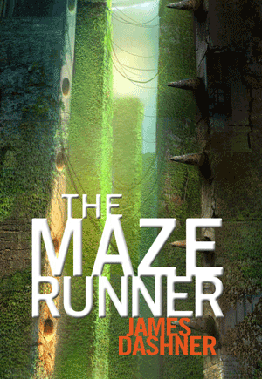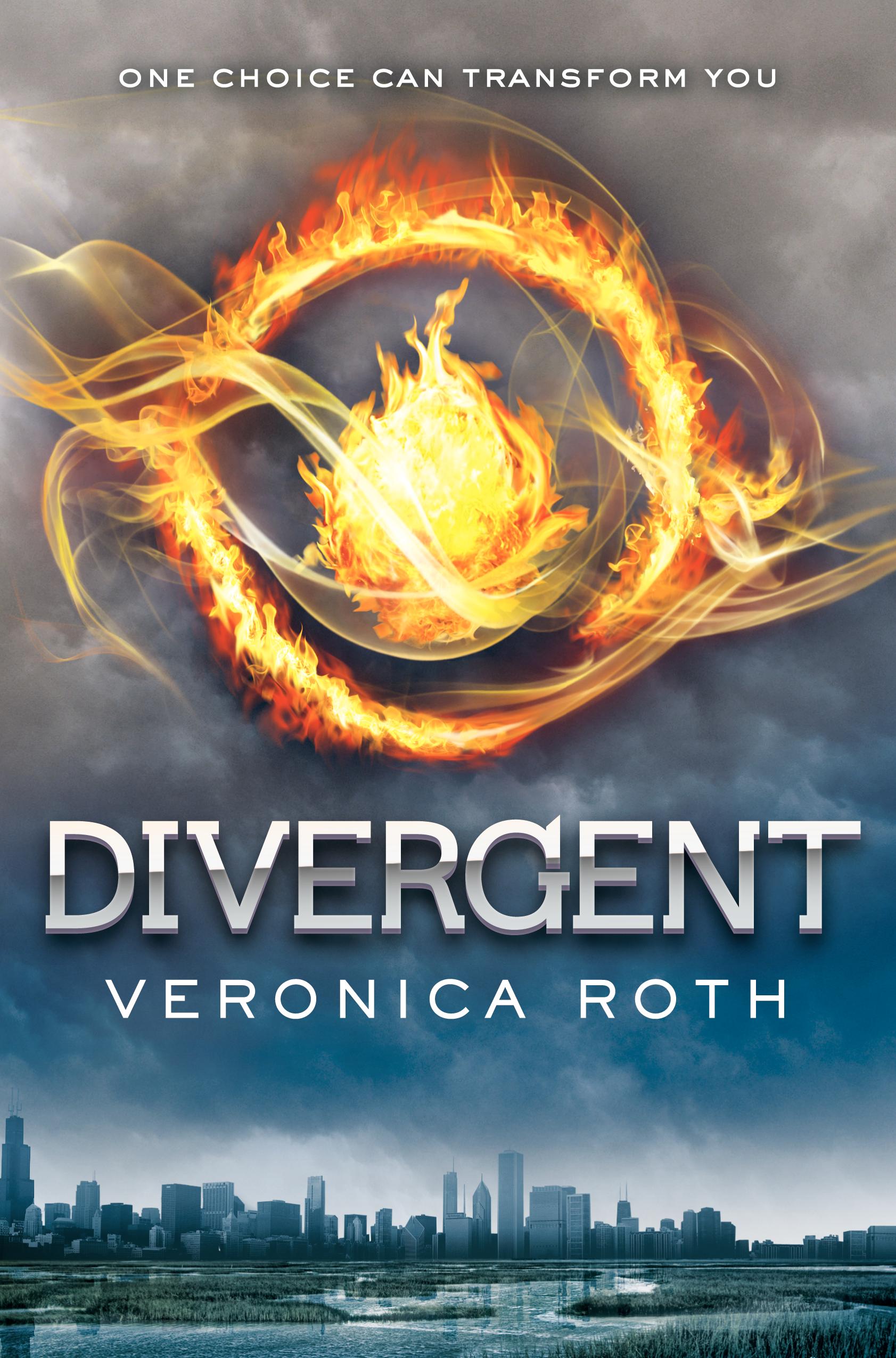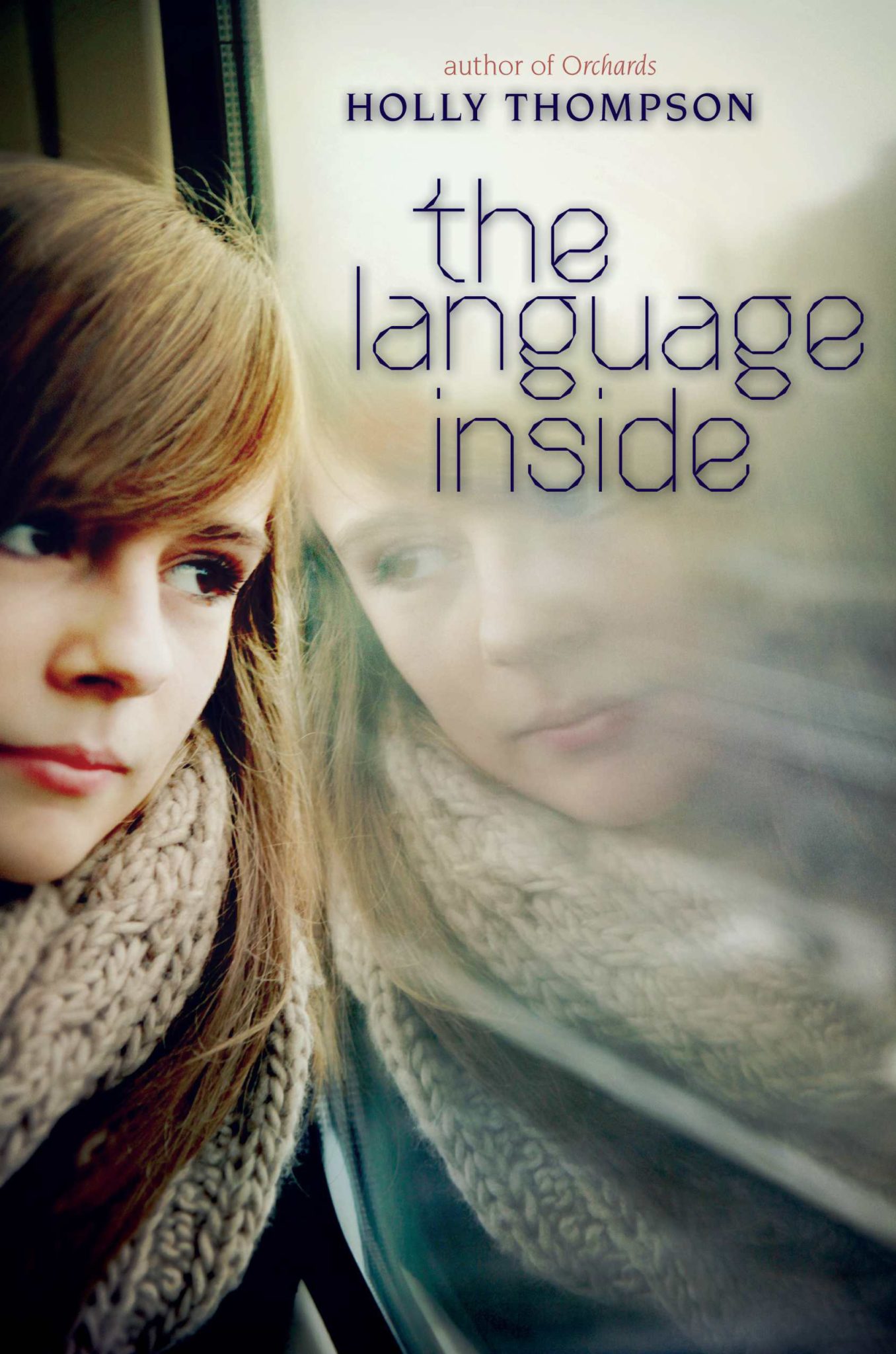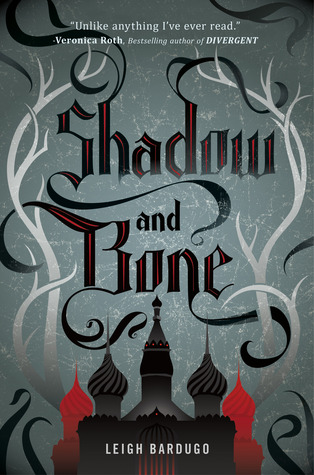This
post will explore how librarians can host teen book discussions. Anne
of My Head Is Full of Books recently asked me how I go about my
discussions, where I get the books, etc. so, I decided to write a post
in response!
First,
I briefly give my background. Then, I consider ways to get
the program going. Then I share how I have conducted teen
book discussions.
My experience
is that of a public youth librarian. My educational background is an
English major undergraduate and a Library and Information Science
masters student with an emphasis on youth services. I host a teen
program once a week and once a month the activity is a book discussion.
Book Acquisition. My
library budgets for the books. We cut other things so the teen book
discussion can happen. My strength is literature. It would be a waste
not to use my ability. I am a part of a branch library system. We share our book discussion kits between the branches.
Nearly all do a discussion each month. Each book set begins with
12-13 copies. We try to get paperbacks to keep costs down. We number the
books, stick some library labels on them (no cataloging) and keep a
spreadsheet to track internal circulation by youth personnel
who use the set.
Other book acquisition ideas:
Request free or greatly discounted copies from the publishers. You’ve nothing to lose.
Fundraise.
It is often easier to get money for the purchase of books than a money
gift. Request a specific title which patrons/donors can donate to the
set.
Thrift
shop. Hit the Half Price Books Educator Appreciation week. Bargain hunt
at Goodwill and Amazon.com. By definition, library users share books.
They won’t be offended if they are not brand new copies.
Supplement your book set with copies the library already owns for circulation.
Remember out-of-copyright classics are mostly free to access online.
Start small. Maybe you will only need to purchase 4 copies and use 2 the library already owns.
Get the program going and make your case for more funding!
Selecting Titles. As
a public librarian, I DO NOT have a captive audience. So, I choose books they will enjoy!
Think fun, popular. But use your librarian skills to find decently
written fun books. Be wary of literature
which teens might associate with homework. I mix it up now and then
with a “challenging” book but don’t beat them over the head with them.
Choose age appropriate titles. Do you expect young teens? Older teens?
Will you allow 11 year olds to join? Will a 12th grader enjoy the books
an 11 year old will? Just keep age in mind when selecting titles.
Advertising.
As with any program, advertise! Make signs, posters, flyers. Mention
the book club when giving book talks. Tell parents and teens, tell
leaders of teen groups like Boys and Girls clubs. Contact homeschooling
groups! Tell everyone!
Incentive. I
offer pizza and off-brand Crystal Light to those who read the book and
engage in discussion. Perhaps pizza isn’t an option...what is? Popcorn? A
drawing for a free withdrawn book or a coupon for a free pretzel
(perhaps provided by a local business?). How about a late fee
forgiveness coupon? Are you a school librarian… is extra credit an
option? Be creative! But don’t underestimate the power of good food with
teenagers. =)
Check Out. Our
discussion books are not cataloged so they do not “check out.” We take a
name, grade and phone number. Returning is on the honor system. Those
who don’t return books get a reminder call and a note in their library
record regarding the missing book (though they are not charged) in hopes
the teen will eventually return it. Most teens will bring the books
back. Those who do not cannot participate in future discussions. I know
of other libraries who actually give the books to the kids for keeps.
That is generous but would not work with my library’s budget as the
branches share the sets to get the most bang for our buck.
Hosting discussion.
Don’t worry. This is the fun part. I’ve had as few as one teen and as
many as seven. Even with just one participant, I’ve had engaging
discussions. We take one hour for discussion.
Prepare questions and activities.
They can be simple activities and should be open ended questions. Take
notes while reading about intriguing points. I like to check the
publisher’s website for a discussion guide. I don’t always use their
questions. But it’s a good starting point which gives me ideas. I poke
around the author’s website and look up information about people, places
or things discussed in the books.
Let
book chatter continue largely uninterrupted. If it’s about the book we
read, let ‘em talk! Start with easy questions: Did you like the book?
Dislike it? As leader, play Devil’s advocate and don’t let any one teen
feel they are being “picked on” for liking or disliking a character or book. Make sure your teens understand the setting -- time and
place. Often this is missed by my young readers. Be prepared to fill in
details like when a certain war took place or where a country is
located. Then move into more philosophical questions.
For
activities, we’ve done knot tying, drawing “vocabulary” words (great
laughs) and compared international covers. We’ve played card games
mentioned in one book and traced a character’s journey on the map from
another story. We’ve listened to youtube videos of old radio broadcasts.
Everything we do is low key. There’s no grade. No pressure. Just talk
and try something new.
Discarding sets. When
copies get ratty, we either replace the copy or weed the entire set
(i.e. books go into the library sale). Sets which are in decent shape but
are no longer being used by youth personnel may end up in our
circulating book discussion sets for the public to check out.
How will you start your Teen Book Club?
Maybe my library’s method won’t work for you. Maybe you can only host a
discussion every other month or only in the summer. Advocate for the
programming you want. Book groups are a lot of fun and certainly support
literacy. It’s great to watch teens get excited about reading!
Do you have any tips on getting a book club started at a library? Do you have a great discussion activity? Leave a comment below!






